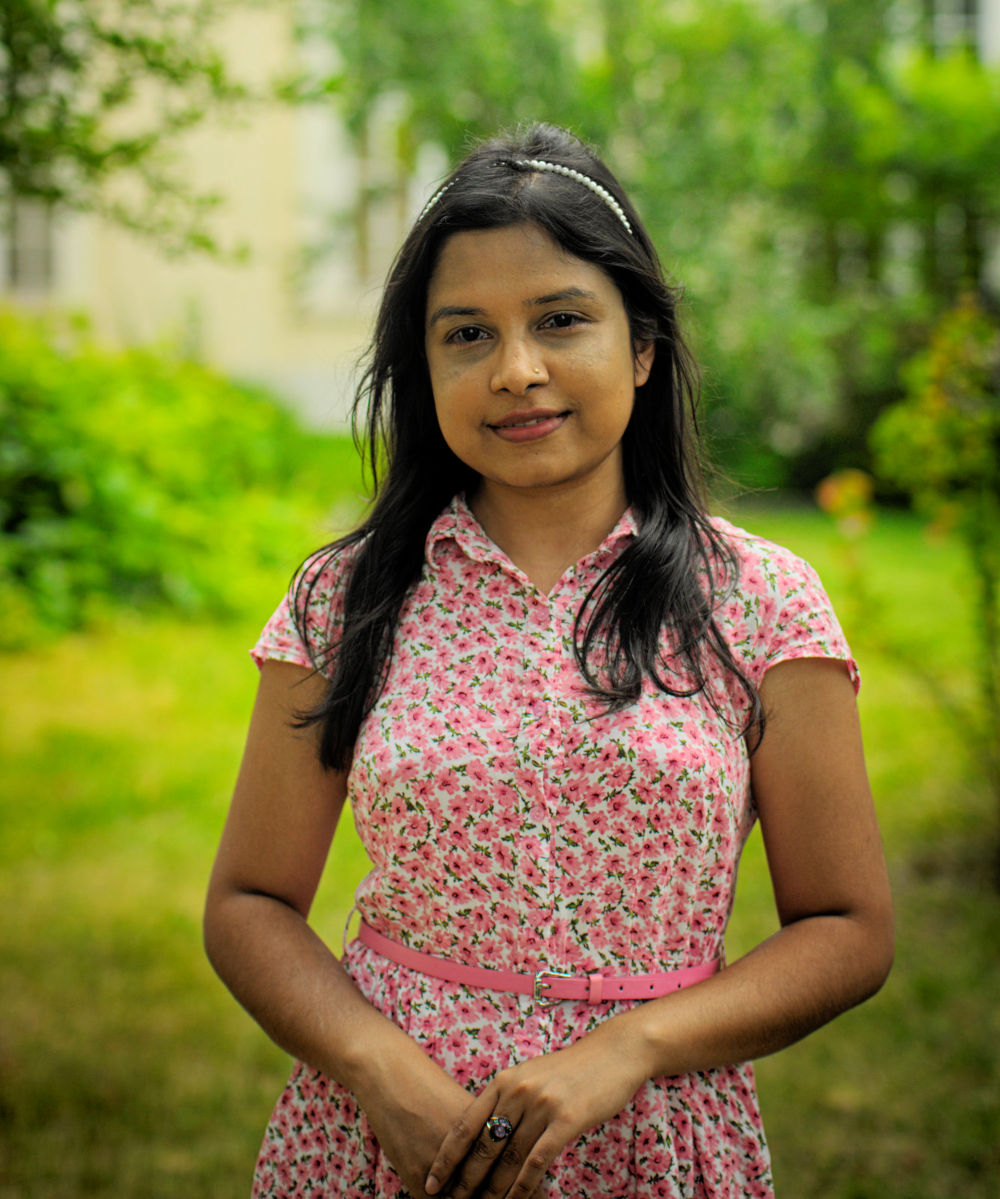Kanak Biswas
Intern (Alumna)

Spent summer 2024 at IIASA
IIASA experience
When I first arrived at IIASA as a Guest Research Assistant, I was not entirely sure what to expect. I knew I would be working with the FLAM team on powerline-caused wildfires, but I had no idea just how deep I would go into the world of fire dynamics. My task was to analyze the role of electrical powerlines in wildfire ignitions. It sounded straightforward at first until I found myself navigating vast datasets, untangling layers of spatial patterns, and piecing together the complex interactions that drive fire behavior. The more I worked, the more the numbers began to tell a story. I started to see trends, patterns, and surprising results. Our findings shed light on the temporal variability of powerline-caused wildfires as well as the spatial correlation of the powerline’s proximity and density with wildfire size and frequency. These insights, though technical, were crucial for understanding how infrastructure shapes fire-prone landscapes.
In her own words about FLAM:
Looking back, my experience with the FLAM team was nothing short of transformative. I honed my skills in environmental modeling, learned to navigate uncertainty in real-world data, and gained the confidence to tackle large-scale challenges. The mentorship and support I received at IIASA shaped not only my research approach but also my academic and career trajectory. What started as a two-month research assistantship became a pivotal moment in my journey-one that continues to influence how I think, analyze, and engage with the world around me. Beyond the research itself, my time at IIASA strengthened my ability to analyze complex systems. The experience trained me to think critically about environmental interactions-not just in wildfires, but in broader ecological and urban contexts.
Continuing an academic journey after IIASA
Since my time at IIASA, I have continued my studies as a final-year graduate student in the Erasmus Mundus Joint Masters in Environmental Sciences, Policy, and Management (MESPOM) at the University of Manchester. Now, as I continue my master’s thesis on the role of urban green parks in mitigating urban heat island effects, I find myself applying the same analytical approach. Just as fire dynamics involve multiple interacting variables, so does the relationship between urban greenery, temperature regulation, and city climates.
Other activities
Outside of research, I am staying engaged with sustainability initiatives at the University of Manchester, where I work as a Sustainability Champion. It is a way to take my academic knowledge beyond the theoretical to bring environmental awareness into real-world action. And when I am not deep in research or sustainability projects, I turn to music, hiking, and photography, each providing a creative and refreshing balance to my work. While researching powerline-caused wildfires, I found myself going down a rabbit hole of bizarre ignition stories. Who would have thought powerlines could be so dramatic? I learned that a detached conductor can whip around like an angry metal snake, sending sparks flying and igniting dry vegetation. Now, every time I see powerlines swaying in the wind, I can’t help but wonder if they simply moving with the breeze or if physics is setting the stage for another unexpected fire story.
 Wildfire Knowledge Hub
Wildfire Knowledge Hub